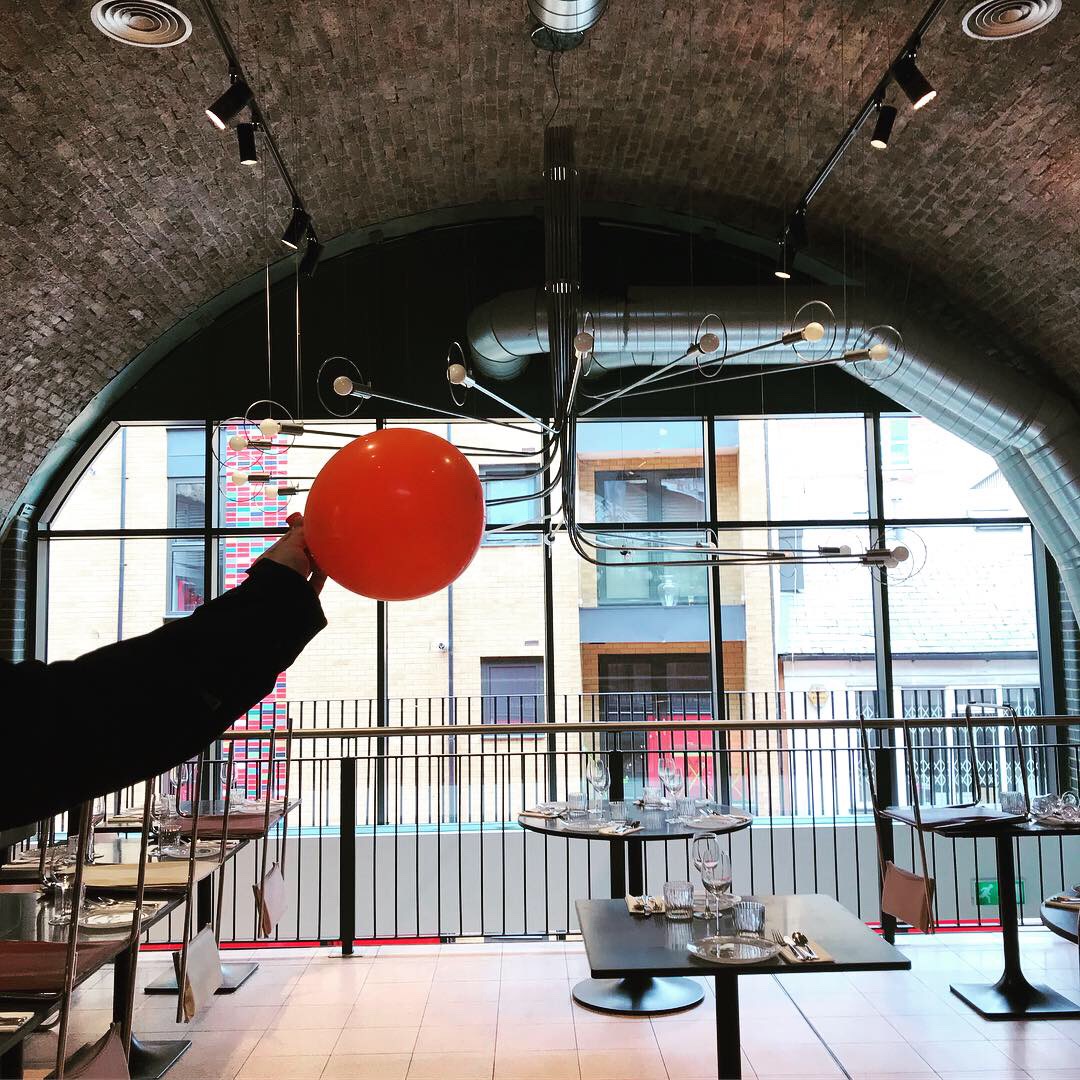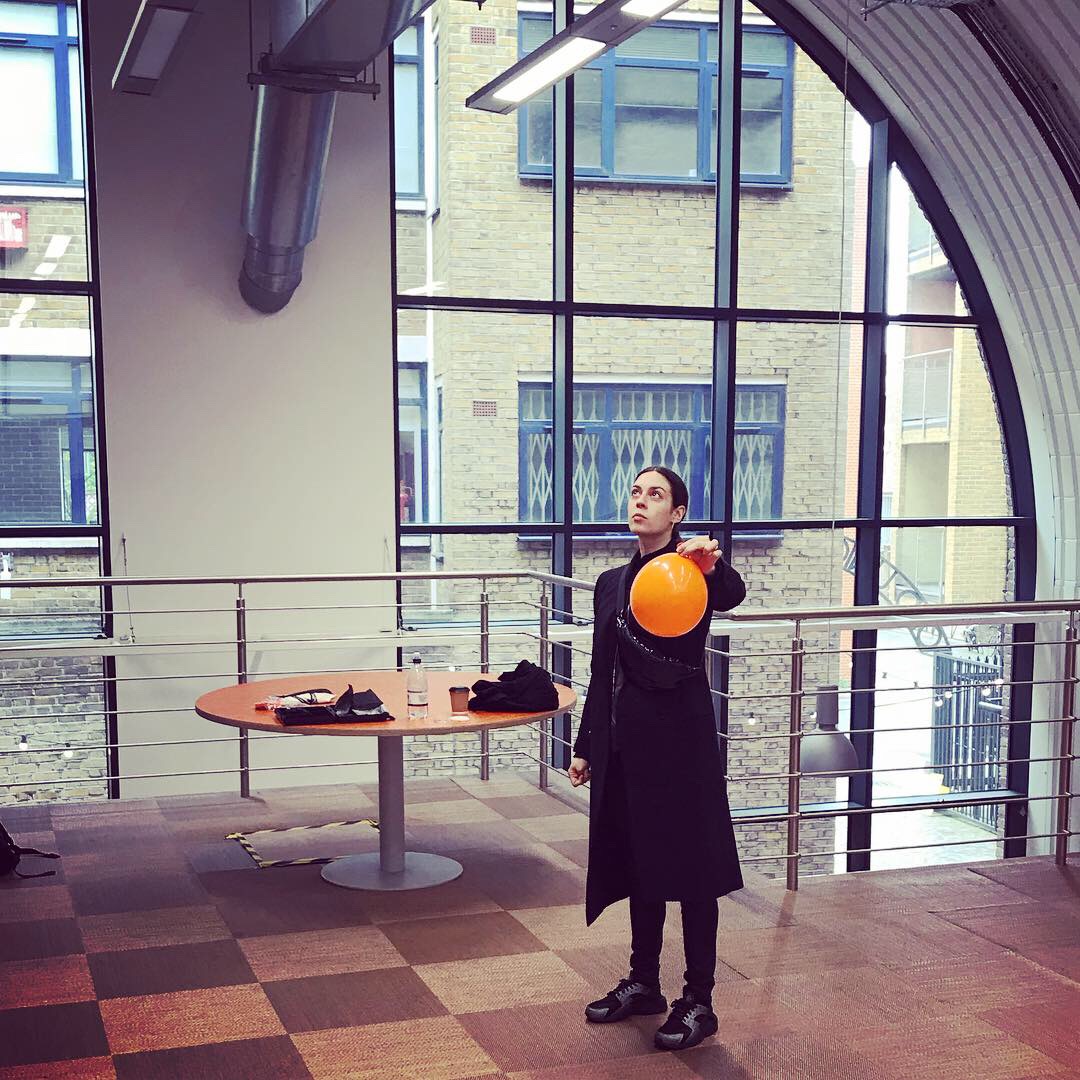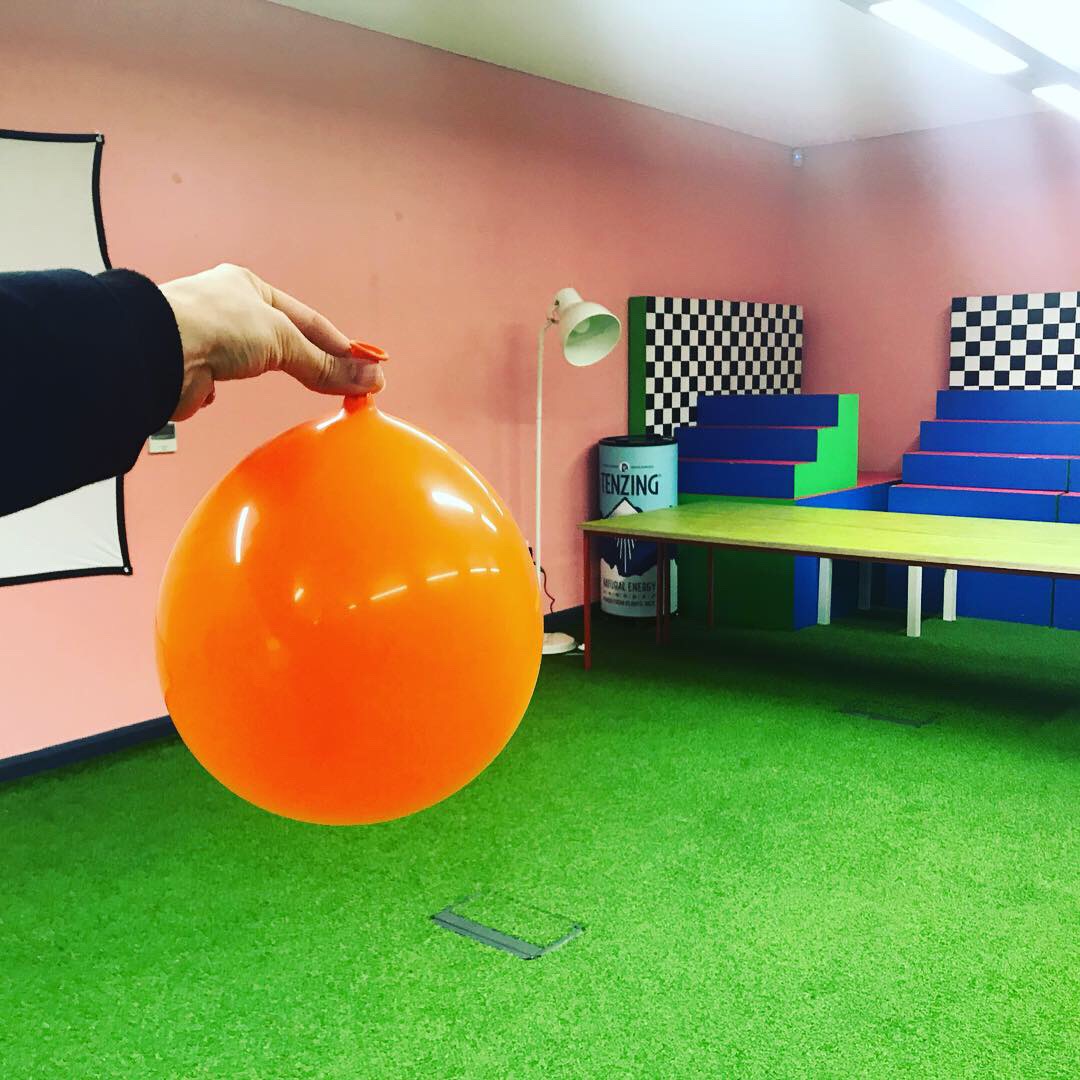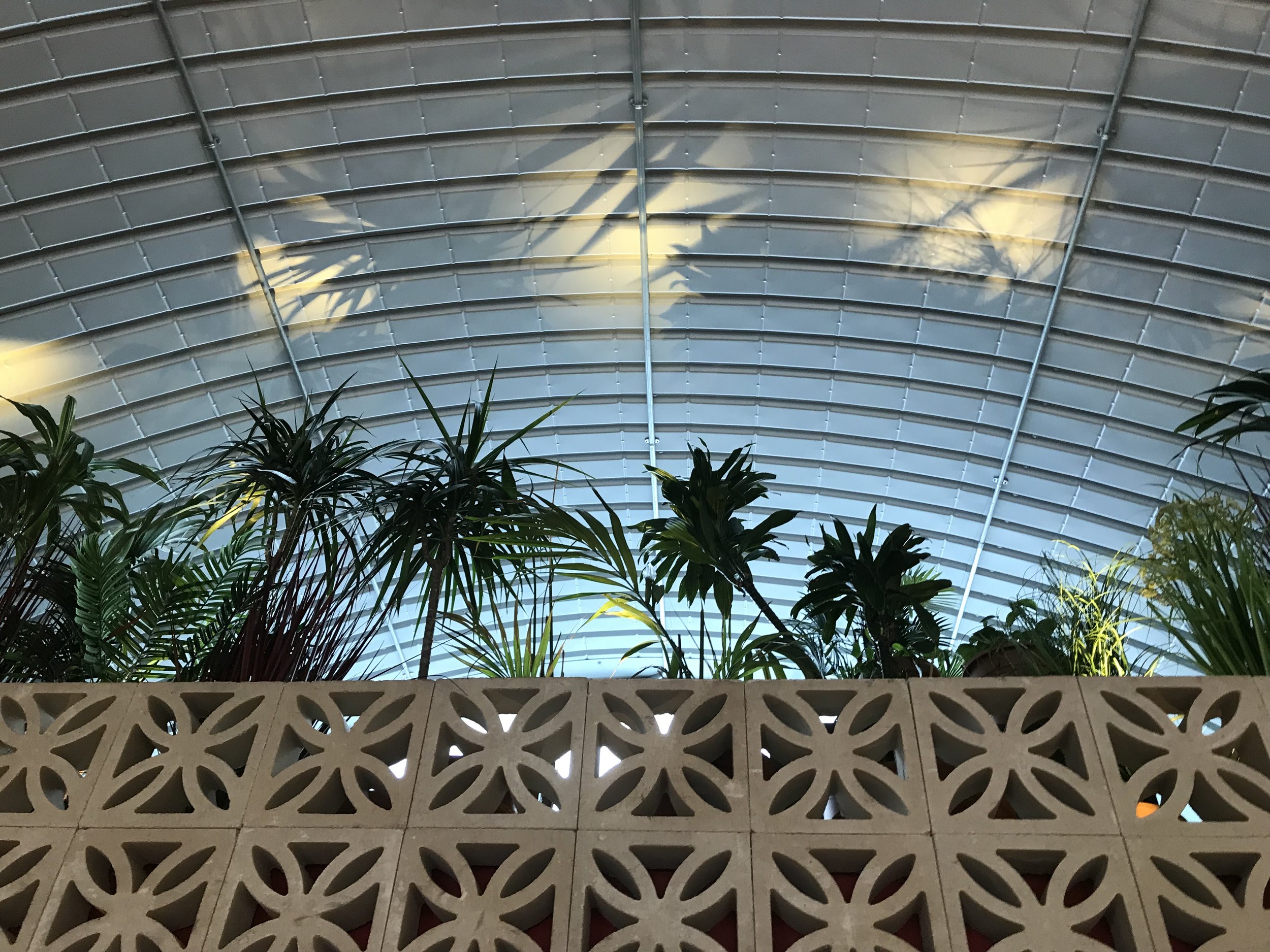queens of the drag
Musicity x lowline commission
LOCATION - OLD UNION YARD ARCHES - London Architecture festival 2019
about the piece
The Old Union arches were once beyond the inner city wall. It was considered a place where one could engage in debauchery, contraband, find actors and artists, and attend performances.
Before the union arches were inhabited 3 years ago by Cervantes, a bilingual spanish/english theatre, the Union Theatre, the Africa centre, and Italian and Israeli restaurants Macellaio RC and Bala Baya - the arches had been left open, almost as a tunnel with two strings of arches running along both sides. If left open, the tunnel like space might have sounded as a series of echoes, rhythmic and endless. As I visited the arches, each with their own unique layout and use of materials (carpet, corrugated metal, brick, plaster, wood) I recorded balloon pops to estimate room impulse response. Departing from the sounds collected (the acoustics of each space) I explored themes surrounding voice projection - spectacle - and the origin.
The title “Queens of The Drag” comes from the name given to male actors who during the Elizabethan Era performed female roles in theatrical performances as it was illegal for women to appear on stage. The excluded sex was however, permitted to enter into the profession of prostitution in brothels controlled by the crown. Interestingly, the term “quean” was used as Elizabethan slang for “prostitute”, which formed a strong link with how today’s female drag queens are still a minority who experience misogyny from drag and LGBTQ+ culture.
The piece acts as a mourning and perhaps a summoning of past voices, but also as a celebration of a culture and practice that is significant and becoming increasingly visible today. Within the sounds, I explored the idea of fireworks using the balloon pop recordings, and the androgynous voices singing “queans / queens of the drag ” into imagined sonic arches, ringing away as if in a bell, hitting a curved wall and rolling back in to the listener.
Although London born, I am of French and Spanish decent and my name and appearance from an outer perspective might portray a different narrative than my own culture. I have often felt a disconnect, as if me, my internal voice wasn’t of my body. The act of clapping brings the self in contact with the self to produce energy / sound. Through the use of flamenco clapping, I wanted to suggest that applause was phased clapping, and if you could remove the chaotic nature of large numbers clapping, or selectively open and close your ears, you might find musical phrasings and rhythms. I approached the end of the piece with a similar mind as the clapping, as I brought in my own voice, a cis female voice, calling from near and far until the multiples find unison and as a collective find strength to be assertive and ready to change the narrative that has surrounded the word “quean / queens”.





